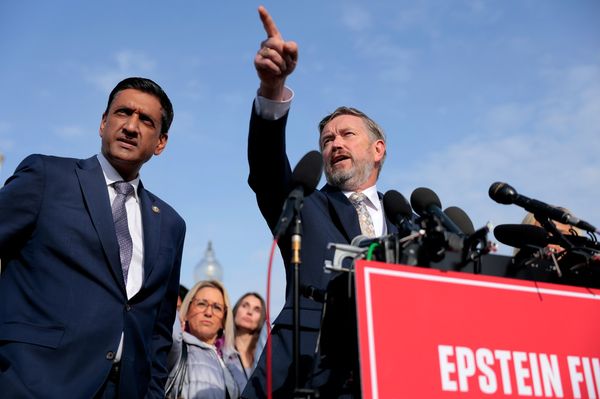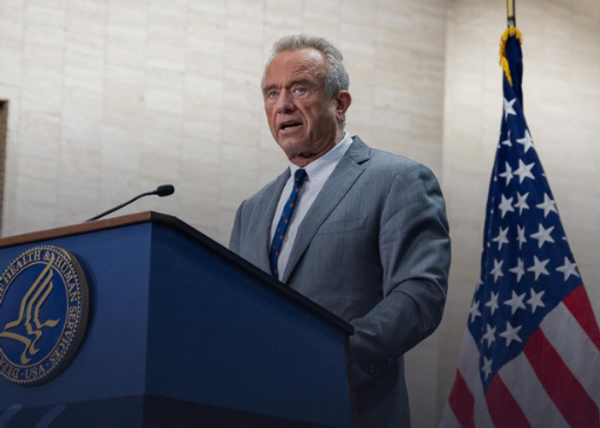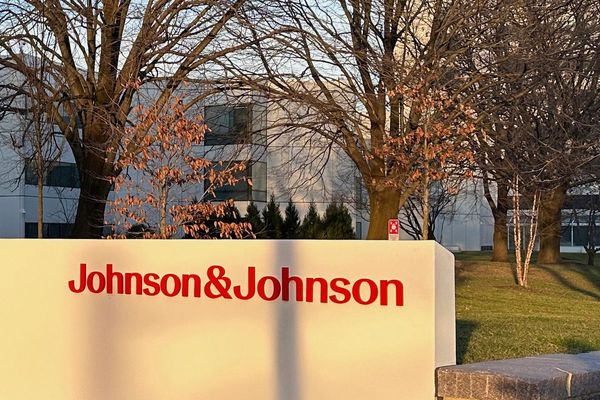
A new report by the Chicago Urban League highlights significant disparities in the educational, economic and health outcomes between Black and white residents in the city.
The 2023 “State of Black Chicago” report predicts local businesses will close, public schools in Black neighborhoods will continue to underperform, and Black residents will be pushed out of their neighborhoods if inequity isn’t addressed.
“You build wealth by accumulating assets, and for many people that’s done through buying a house. That’s done through investing in business. That’s done through investing in the next generation, through education,” Chicago Urban League President and CEO Karen Freeman-Wilson said. “And it’s certainly done through trying to preserve one’s health.”
According to the report, the city lost about 85,000 Black residents over the last 12 years. Many Black families moved to the suburbs or even farther in pursuit of affordable housing, better schools and safer neighborhoods. As Chicago’s Black population decreases, issues crop up for the remaining Black residents.
Black residents are doing worse than white residents in a variety of areas: White residents’ median household income is more than double that of Black residents on average — $82,294 compared to $35,965 per year.
The report also highlights discrepancies in outcomes for Black and white residents’ homeownership rates and contracting illnesses related to air quality. Black Chicagoans are far less likely to live in homes they own in comparison to white and non-Black residents. Hypertension and obesity are twice as high in Black neighborhoods than in white ones.
“One thing that stuck out to me was the fact that we always talk about 77 neighborhoods. But I think that if we would focus on maybe 27 of those 77, we could begin to really see a change in the Black community,” Freeman-Wilson said.
The Chicago Urban League is asking the city to consider adopting various types of reparations to counteract past injustices that continue to harm Black residents. Examples are direct cash payments to pull people out of poverty, job opportunity programs that connect unemployed people with postings in government and the private sector, and making higher education preparation more accessible, such as free ACT or SAT prep courses.







